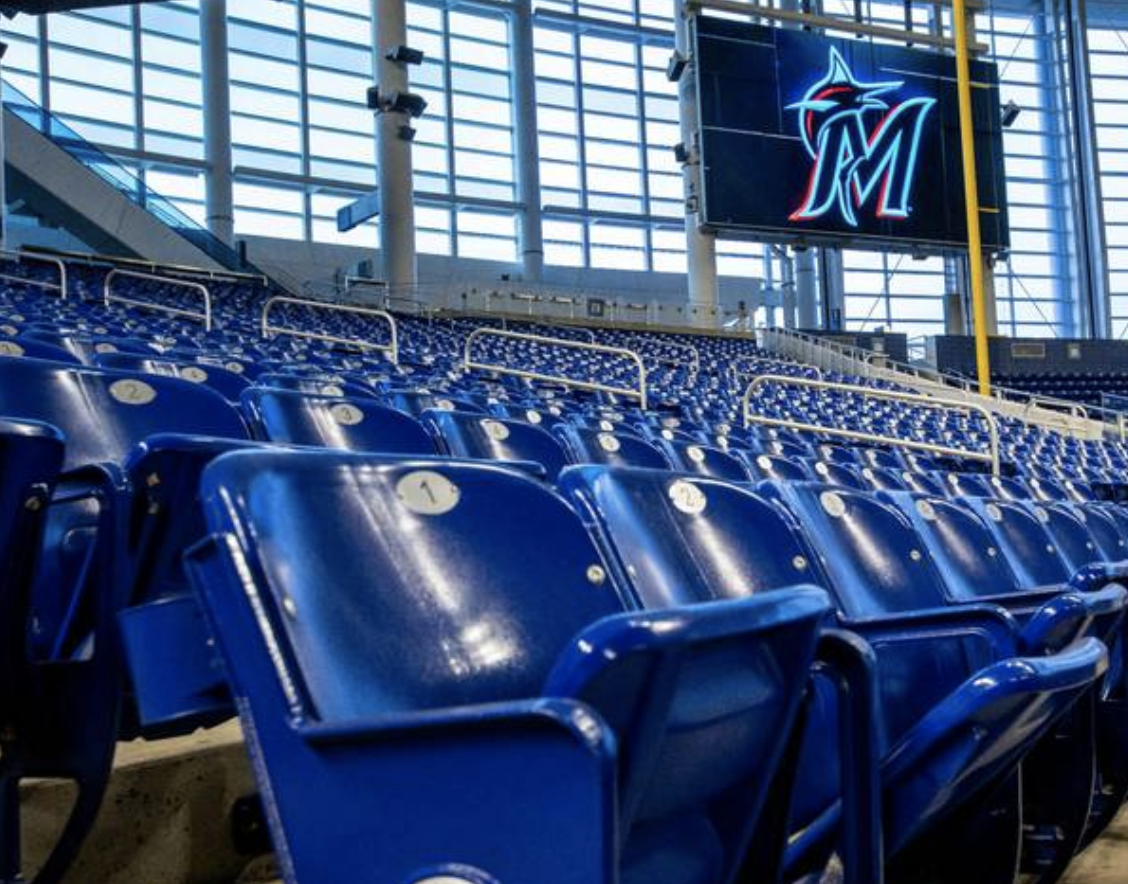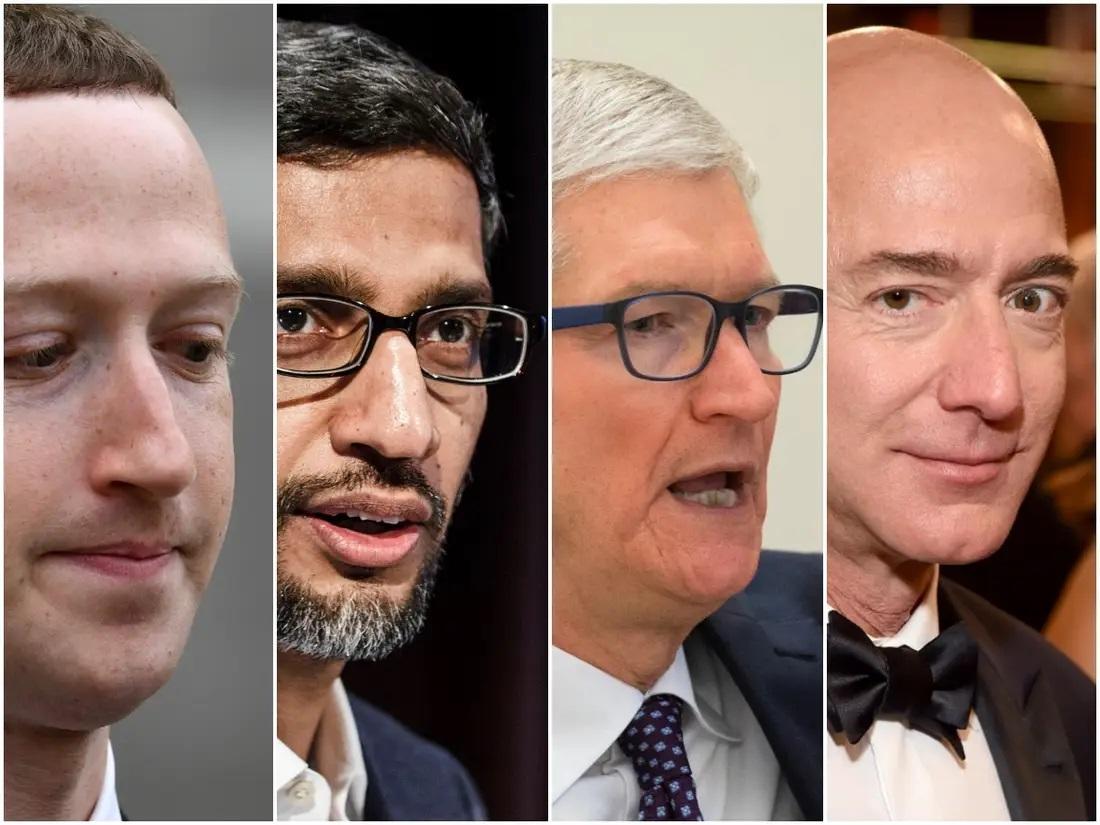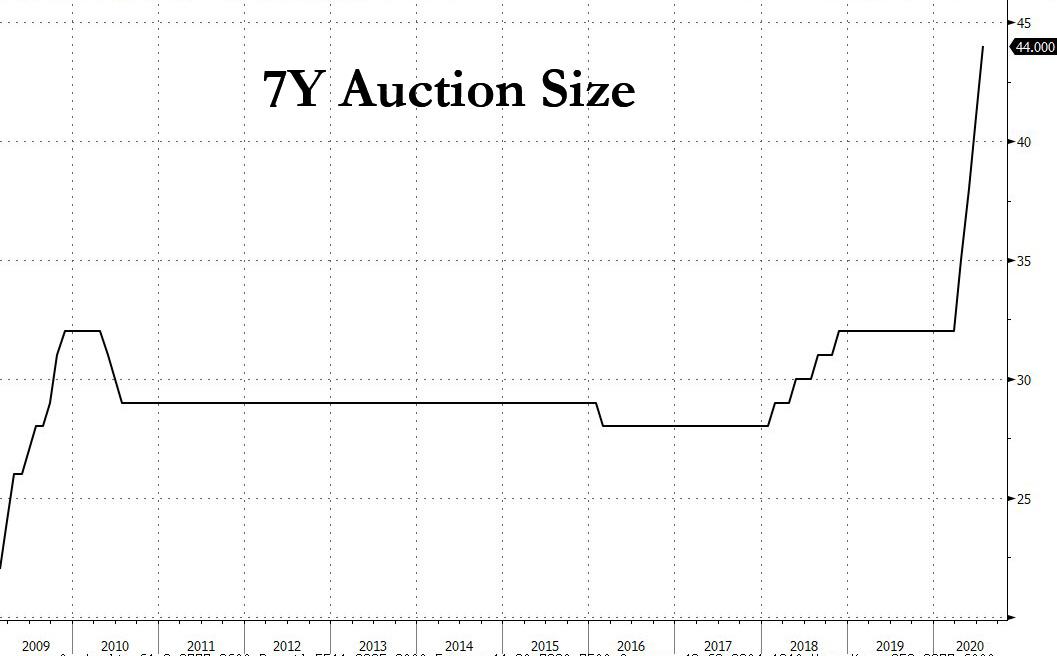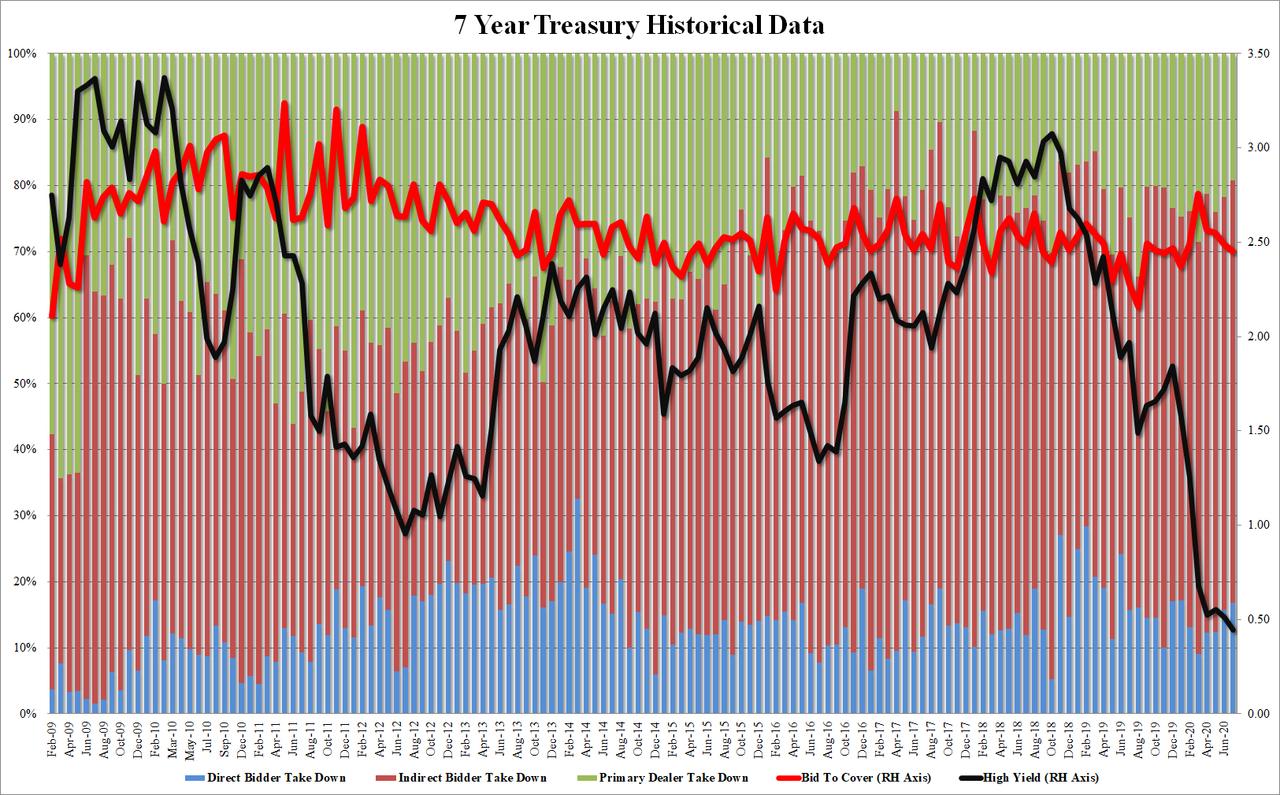Miami Marlins Season “Paused” As Team Stuck Quarantining In Philly
Tyler Durden
Tue, 07/28/2020 – 15:07
After Tuesday’s round of COVID-19 tests confirmed four more infections, the Miami Marlins, who have cancelled 4 games against the Orioles as players remain quarantined in Philadelphia, have decided to “temporarily pause” their season as the shortened 2020 MLB season gets off to a rocky start.
Despite the league’s insistence that it will double-down on health and safety practices and that there were “no plans” to cancel the season, speculation as intensified as more games have been cancelled because of the situation with the Marlins.
According to the Miami Herald, the Marlins’ two games scheduled for Wednesday and Thursday against the Orioles in Baltimore have been postponed. The entire 4-game series between the two teams has now been cancelled. The league is expected to make an announcement with more details later in the day.
Despite the league’s insistence, the numbers are simply becoming too difficult to work with. With roughly half the team’s roster now testing positive, it’s unlikely the team will be playing games in the immediate future. They’re not even sure when they will be returning to South Florida, or when games will be played. Those who test positive must remain in quarantine in Pennsylvania until they get two negative tests 24 hours apart.
The situation is making players increasing uncomfortable, particularly since if they get seriously ill, the league can’t be held liable. A majority of Washington Nationals players voted against traveling to Miami for a three-game series at Marlins Park that was supposed to begin Friday.
If the team is forced to miss the rest of the series against the Nationals, that will be 7 out of 60 games already cancelled due to this latest outbreak.
Right now, the best case scenario for the Marlins would involve promoting prospects and low-level veterans to fill in for the sick players.
According to the league’s operations manual for the season, sick players and staff members are not allowed to travel or visit club facilities until after they have had two negative tests with at least 24 hours between them and show no fever for at least 72 hours.
The Marlins schedule isn’t the only schedule that’s being impacted: The Philadelphia Phillies and New York Yankees’ games that were set to take place at Citizens Bank Park on Monday and Tuesday were also postponed as Phillies players underwent extra rounds of precautionary COVID-19 testing.
The Phillies haven’t seen any new players test positive since playing the Marlins (though the team suffered some infections during spring training) but out of caution, the team potentially won’t be playing again until Friday. They were supposed to travel to New York to play the Yankees on Wednesday and Thursday.
And that’s hardly the end of the ripple effect. The next week or so will be critical for the league. And if more teams start seeing cases, the season could be aborted before it truly begins.
via ZeroHedge News https://ift.tt/336eypY Tyler Durden










